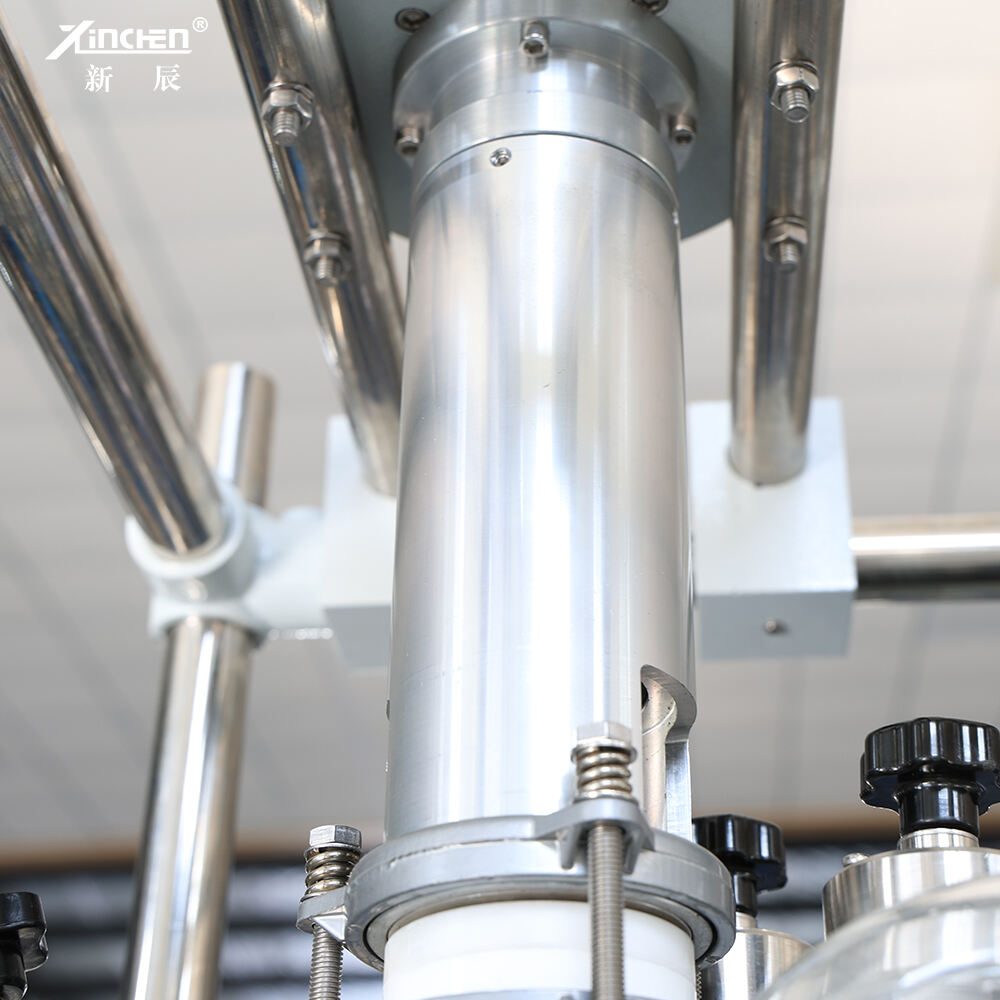laboratory glass reactor
A laboratory glass reactor is an essential piece of equipment in modern research facilities and chemical processing environments. This sophisticated apparatus consists of a glass vessel designed to facilitate controlled chemical reactions under specific conditions. The reactor features multiple ports and openings that accommodate various attachments, including temperature sensors, stirring mechanisms, and feeding tubes. Made from borosilicate glass, these reactors offer exceptional chemical resistance and thermal stability, making them ideal for both routine experiments and complex synthesis procedures. The vessel's transparent nature allows researchers to observe reactions in real-time, while its modular design enables easy cleaning and component replacement. Laboratory glass reactors come in various sizes, typically ranging from 100ml to 50L, and can be configured as single or double-jacketed vessels for precise temperature control. Advanced models incorporate digital controls for automated operation, pressure monitoring systems, and specialized coatings for enhanced performance. These reactors serve crucial roles in pharmaceutical research, chemical synthesis, biotechnology applications, and materials science, providing researchers with a reliable platform for developing new compounds and optimizing reaction conditions.


